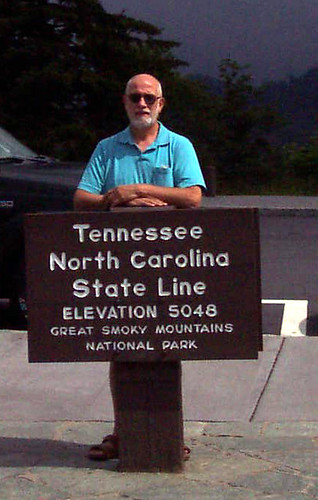My adventures in San Diego included eating at Mexican restaurant. Me! By myself! Those who know me know I run at the first sign of a hot spice. Imagine how brave I felt entering a Mexican restaurant and ordering a chimichanga! I loved it and the refried beans and Spanish rice.
But I really wanted to tell you about Old Town. It's a State historic Park which tries to preserve the original Spanish settlement of San Diego. The mission was moved within a couple of years of its founding to get away from the soldiers and near to where the Indians lived. I visited the mission church took a few pictures. The original priests room is preserved and I took a couple of pictures to show its simplicity. The church and its related buildings were made of adobe with walls about 4 feet thick. I've been pondering the reason for this thickness and I've decided it's because Adobe bricks are quite weak and the thickness is needed to support the roof. The choir loft is reached by an outside staircase. The nave of the Church is long and narrow. The only doors are opposite each other approximately halfway down the nave.
Old Town was very interesting. The most important building in the town was the residence
of the Commandant. It was a U-shaped building with each role opening onto a covered porch or walkway. The outside walls of a U-shaped building were continued to enclose a courtyard. in the courtyard was a southwestern part with desert plants at a couple of fruit trees. The ceilings of Rome's were wooden boards, like a floor. They were supported by thieves which were lashed together with what looked like rawhide as opposed to wooden pins that I'm familiar with. The floors were what I would call raw tile approximately 6" x 12". I was surprised at the quality of the furnishings that had to stop and realize that this was the home of a wealthy man with access to imported furniture. This hacienda sat at the head of the square to merchant buildings and government buildings surrounded the other three sides.
I was fascinated by the barn contents on display are just off the square. the barn was used as a Museum to display an interesting variety of transportation related items. For instance, there was a very crude cart, well warn, with appeals eight out of treetrunk layers so you've got the growth rates going around the wheel and wearing off the wheel. That is a large display about Concord coaches including a poster showing a shipment of a hundred or so coaches out of the city of Concord on the railroad. There was a Wells Fargo Concord coach and a lighter version of the Concord coach also made in Concord New Hampshire. I'd never seen this lighter version. Rounding a corner, I came upon a wagon with the manufacturer's name in large letters: Studebaker. Definitely the oldest one I'd ever see!
I spent the most time in the barn on the tandem wagons. I thought that tandem trailers were a modern invention and one I don't like to meet on the highway. However these freight wagons from the 1800's were on display here in Old Town. the explanation given was that 18 mule teams were used to haul freight. The driver rode the left mule nearest the wagon and steered by a rope hitched to the front left mule. This mule with a strained to turn left in response to a continuous pull on the rope and to turn right in response to a series of pulls. Multiple teams of oxen were also used to pull these tandem wagons. I decided that there had to be a reason for tandem wagons and I've decided it was because of the shortage of manpower. This way one driver could carry a double load. Whether you used oxen or mules depended on speed and feed. Mules moved at 2 and 1/2 mph. Oxen at 2 mph! Mules had to carry their food but oxen could graze. Just keep that in mind the next time you move ! Pics here.
Saturday, November 10, 2007
Subscribe to:
Post Comments (Atom)

No comments:
Post a Comment